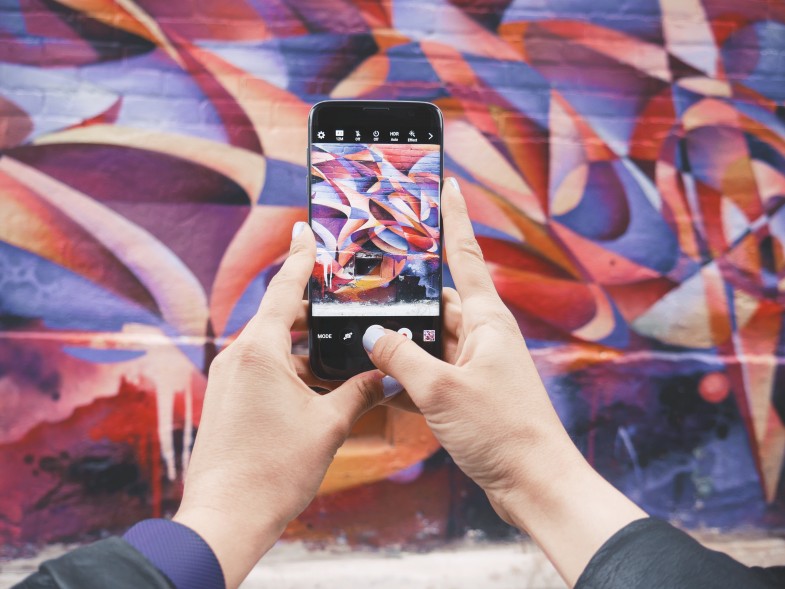How to talk with youngsters? The curated profile case.
Share

Gen Z uses social media in a personal and creative way. They carefully curate which content they share on which social platform, and they for sure don’t want to share it with everyone.
Today’s youngsters are hyper connected and active on different social media. But instead of oversharing like one would expect of these digital intuitives, they carefully choose which content they share on which platform.
"I mainly use Facebook,” Coralie (21 y/o) explains to us during a focus talk. “It’s the easiest platform to connect with my friends, because everyone’s on it. Snapchat is ethereal, I primarily use it to send vanishing pictures to my best friend. Instagram is more curated. I post pictures that I edit here and there, it’s more well thought of, while Snapchat is more about the common fun. Instagram is about the photography, the art. That’s why I never post selfies on Instagram. I’m not vain enough to do that.” Laura (21 y/o) shares that point of view: “Facebook is practical for school or homework. It’s easy to chat with the people you know. I use Instagram to create an online identity, I think about how I want people to see me, how I would like my life to be. I don’t know if I would be the same if social media wouldn’t exist. The live features make it possible now to share instantly everything that you do. You’re constantly filmed, that’s why you start behaving differently. Because you know that everything that you do, can be recorded and shared. Sometimes I like that idea, but sometimes I would really like to enjoy a private moment with my friends.” Ecenas, who just turned 12 has no interest whatsoever in Facebook,
“I use many social media platforms and I don’t think Facebook has any added value. I use Instagram, WhatsApp, Snapchat, YouTube, Twitter … all for different purposes. I use Twitter to follow famous people. Instagram is for posting pictures of myself. Once I had 300 likes on a picture. It was really a nice one.”
“Likes make me insecure,” Laura adds. “For instance when a picture doesn’t get the likes I expected, I really start doubting if I should have posted it in the first place.” And most of the time, poorly scoring pictures get deleted or archived, for the sake of the curated identity they want to sell to the world.
Next to curated sharing, they also tend to share their life more privately. When youngsters communicate, they don't want the world, or big companies, or lurkers, to watch along. They opt for closed communication tools on social media. One on one conversations on Whatsapp, Facebook Messenger and secret Facebook Groups for instance. Some youngsters even have a second and secret Instagram Account.
“I have two different Instagram accounts. One is for travel photos or for my most beautiful shots. It’s my public, curated account. I have 1166 followers there. On my other Instagram account, which is private, I post lousy pictures of a bag of chips or my foot. I only allow my friends to follow me, or at least 66 of them,”
somebody shares; anonymously off course. The idea of having two different accounts is popular enough amongst youngsters to be granted names: their Finsta - short for Fake Instagram - is used for a polished view on life, and their Rinsta - short for Real Instagram - is for their daily reality of being common teenagers. Time to rethink your account?
Want to know more about how youngsters mould social media to their own personal needs and how this can have an impact on your business? Give us a call or drop us a word for more info on workshops or lectures on Gen Z and communication.
© Image by Patrick Tomasso via Unsplash.com